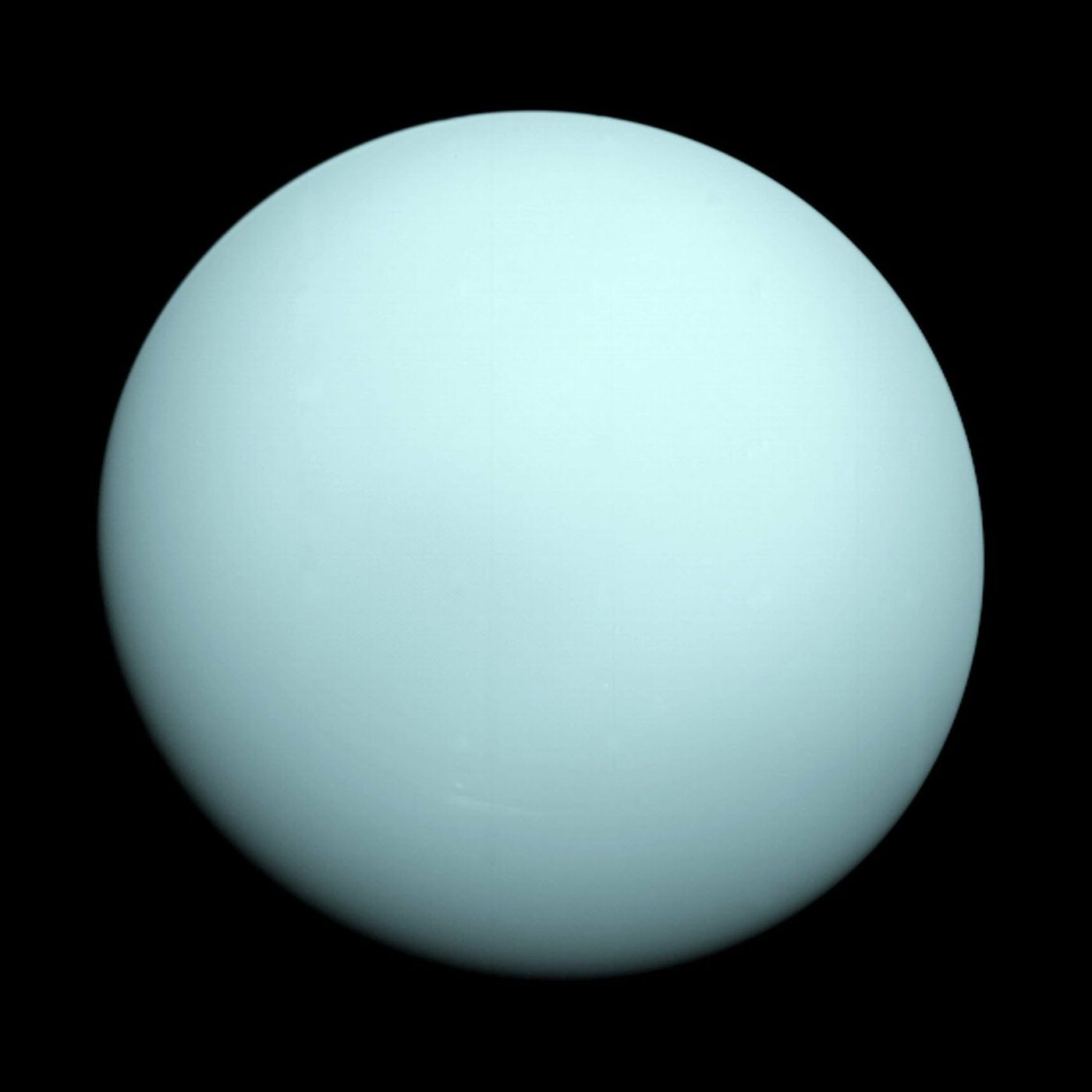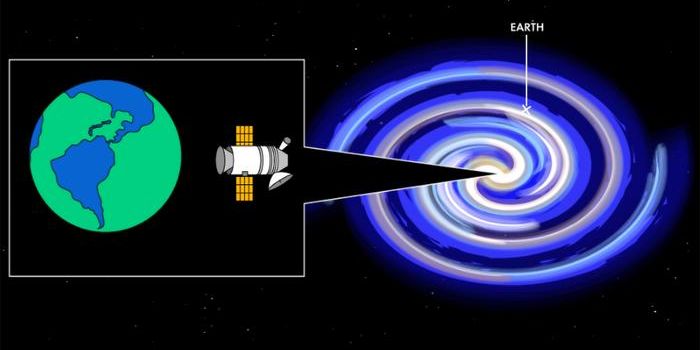Are Some of Uranus' Moons Set to Collide With One Another?
Not only does Uranus rotate almost completely on its side, an unusual sort of behavior for any planet in our solar system, but new research illustrates how even the planet’s moons and rings aren’t without their quirks.
Image Credit: WikiImages/Pixabay
Computer simulations rendered by astronomers from the University of Idaho and Wellesley College in Massachusetts highlight inconsistencies with one of the Uranus' rings and predict how a handful of the planet’s moons could be destined to smack into one another.
A paper describing the findings is published on arXiv.org.
The astronomers made these discoveries by accident while studying Eta, the collection of planetary rings surrounding Uranus. As they peered at the rings, it became apparent that one was slightly triangular instead of round; this was the first clue of something strange going on.
A closer look at the extraordinary situation revealed that Cressida, a small moon orbiting Uranus, was skewing the ring’s shape through gravitational influence. Observations of the gravitational tugging enabled astronomers to estimate Cressida’s mass, which came out to 1/300,000th that of our own Moon's while measuring a mere 82 kilometers across and exhibiting porous qualities.
But if the abnormal shape of the ring wasn’t strange enough, the simulations also revealed how Cressida is tugging on another of Uranus’ moons called Desdemona and pulling it closer, which could result in a collision within one million years or so.
The unfortunate events won’t end there; two additional moons, Cupid and Belinda, could be destined for a similar fate within approximately the same timeframe (if not earlier).
It wouldn’t be the first time that some of Uranus’ moons collided; in fact, NASA believes that much of the debris orbiting Uranus right now is the aftermath of similar collisions that occurred previously.
In total, Uranus has 27 known moons. Compared to Jupiter and Saturn, which each boast more than 60 natural satellites, that’s not much. On the other hand, it’s difficult to study Uranus because of how far away it is from Earth, so there could be more.
Related: Hubble reveals Uranus' version of the Aurora Borealis
We won’t know for sure what’s going on until NASA officially sends a probe over to Uranus to study the circumstances, but that’s not expected to happen for at least a couple more decades. Despite the long wait, the information we uncover will undoubtedly be worth it.
Source: Phys.org









